Sydney-headquartered renewable energy land brokerage Rok Solid has found landowners in Queensland, New South Wales (NSW), and Victoria are being offered $30,000 (USD 19,558) per annum to lease one hectacre of land for a 30-year term, or around $900,000 across the term.
The trend comes on the back of a growth in 5 MW battery energy storage system (BESS) projects, which Rok Solid say is a response from developers frustrated with the complexities and red tape plaguing large-scale utility BESS, and which are typically in excess of 100 MW.
Rok Solid Australia and New Zealand Founder Daniel Moroko said big battery projects are becoming too difficult to get over the line and the company is actively placing 5 MW battery projects across regional Australia, offering landowners attractive lease deals with minimal disruption.
“5 MW BESS sites can be delivered in around 12 months from planning to grid connection, and landowners only need to commit one hectare,” Moroko said.
“We see this as the future of Australia’s storage network—nimble, fast, and community-friendly.”
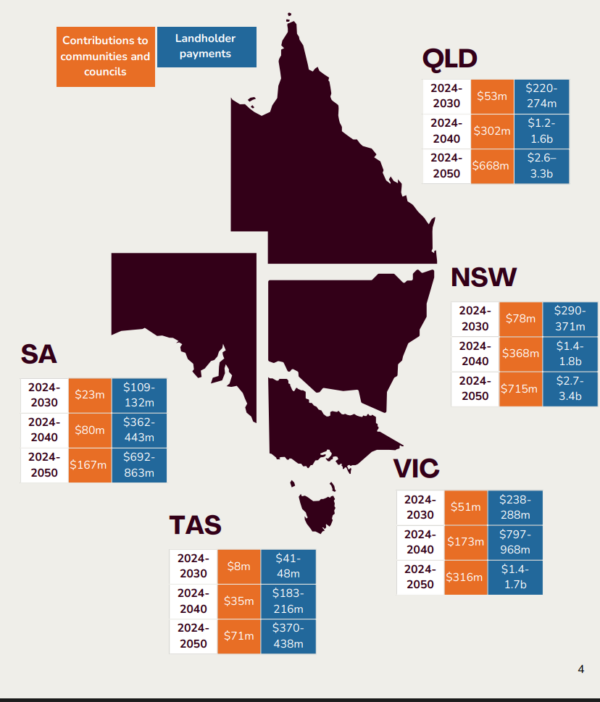
Image: Clean Energy Council
The Clean Energy Council (CEC) and Farmers for Climate Action (FCA) report 2024 Billions for the Bush estimated lease payments to landholders for solar farms ranged from $750 to $1,250 per hectare per year, which over a projects 30-year lifetime could yield up to $37,000, and a fraction of the $900,000 to host a 5 MW BESS.
Former CEC Chief Executive Officer Kane Thornton said on the findings of the Billions for the Bush report, that the payments are part of a broader pattern of regional communities receiving the economic benefits of renewable energy projects.
“Modelling by the Regional Australia Institute shows that large-scale wind and solar projects, not including pumped hydro or standalone battery storage, could generate up to $68 billion in economic activity across Australia in the next four years alone,” Kane said.
“The clean energy transition is not only keeping the lights on as coal plants reach the end of their technical life; they’re creating jobs and alternative income streams right across communities.”
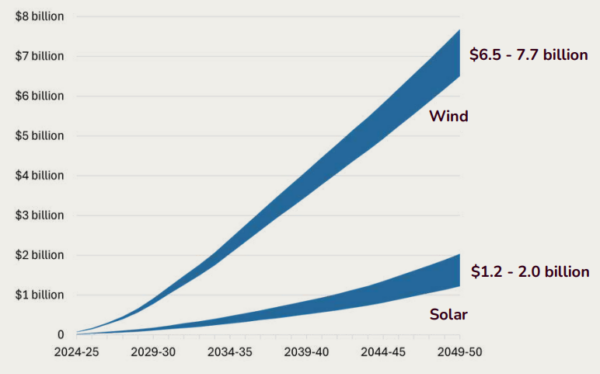
Image: Clean Energy Council
This content is protected by copyright and may not be reused. If you want to cooperate with us and would like to reuse some of our content, please contact: editors@pv-magazine.com.
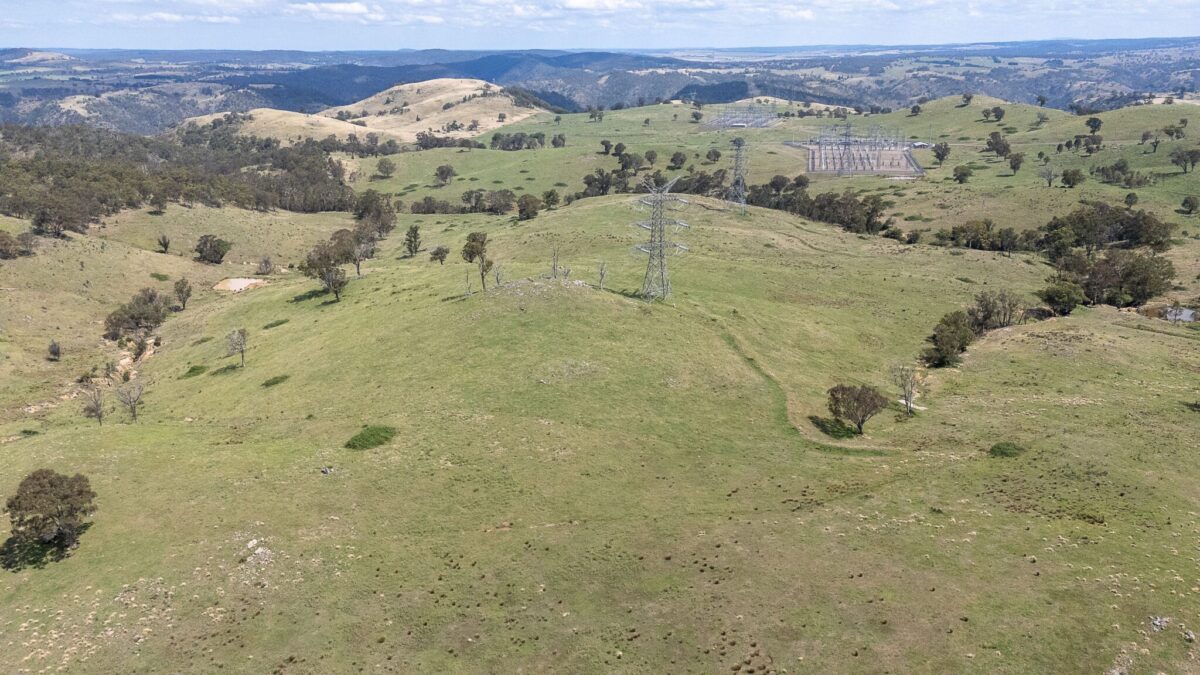



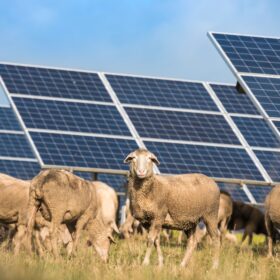
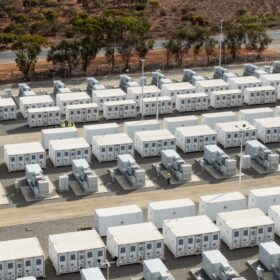
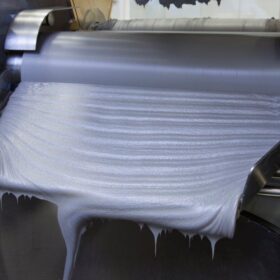
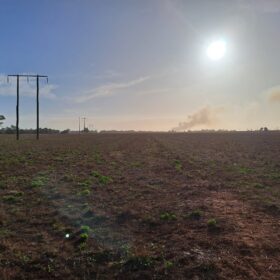
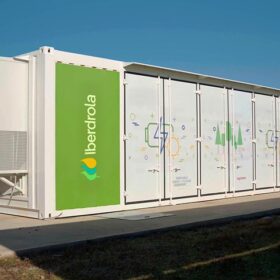
By submitting this form you agree to pv magazine using your data for the purposes of publishing your comment.
Your personal data will only be disclosed or otherwise transmitted to third parties for the purposes of spam filtering or if this is necessary for technical maintenance of the website. Any other transfer to third parties will not take place unless this is justified on the basis of applicable data protection regulations or if pv magazine is legally obliged to do so.
You may revoke this consent at any time with effect for the future, in which case your personal data will be deleted immediately. Otherwise, your data will be deleted if pv magazine has processed your request or the purpose of data storage is fulfilled.
Further information on data privacy can be found in our Data Protection Policy.